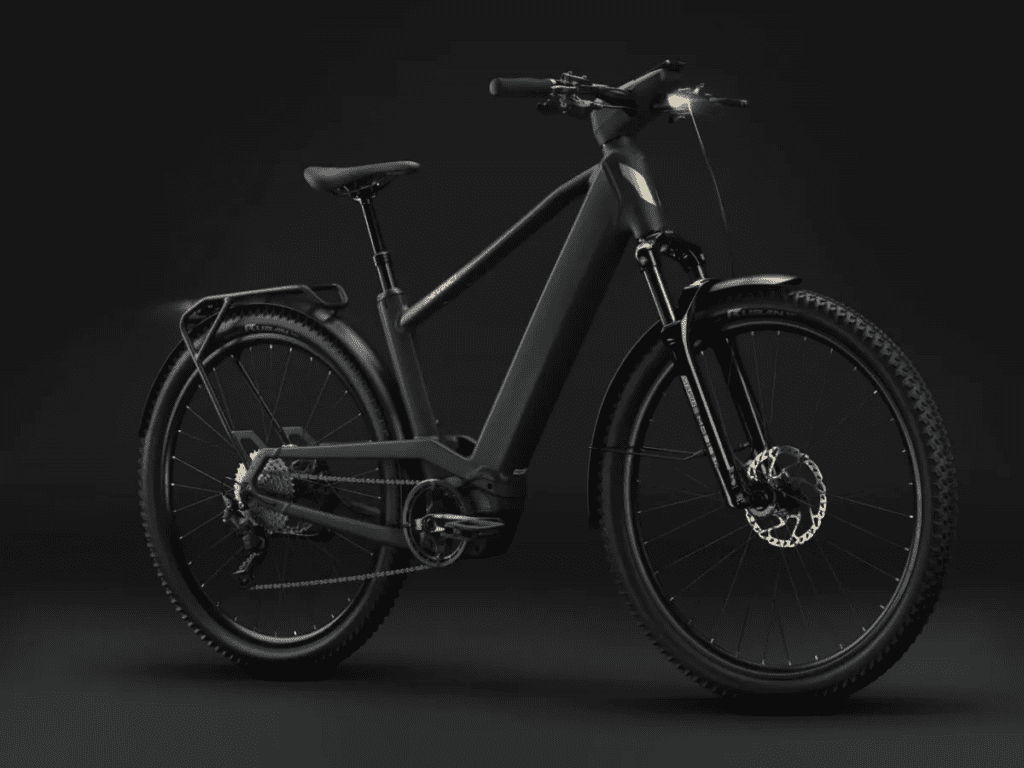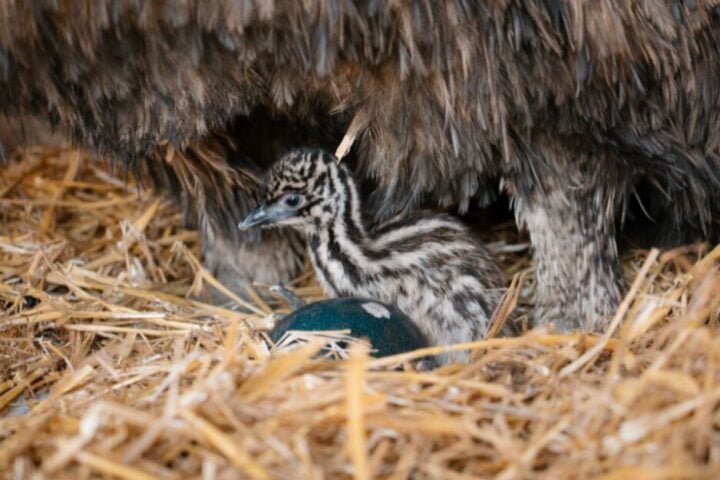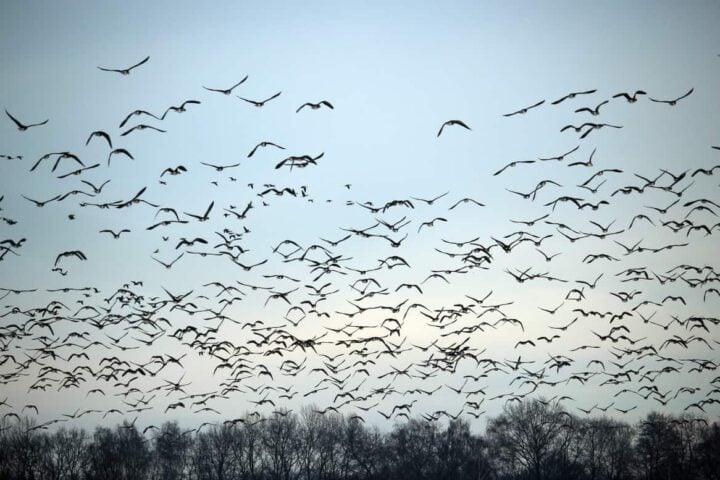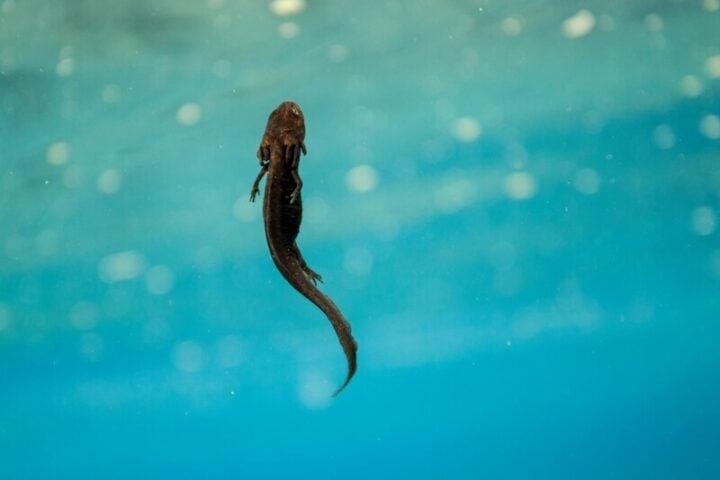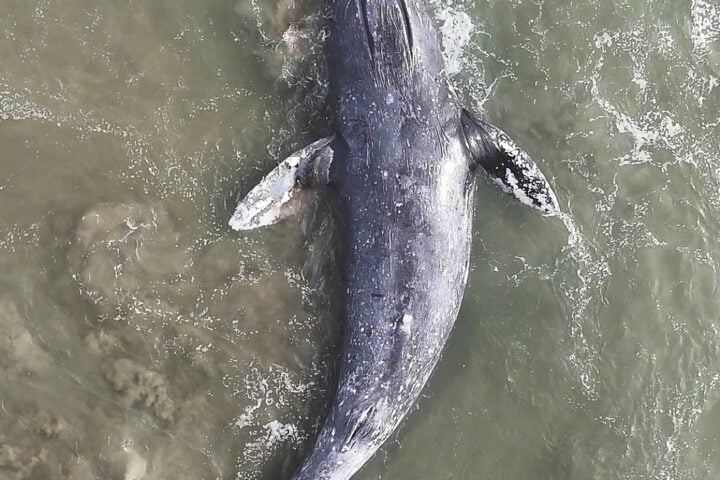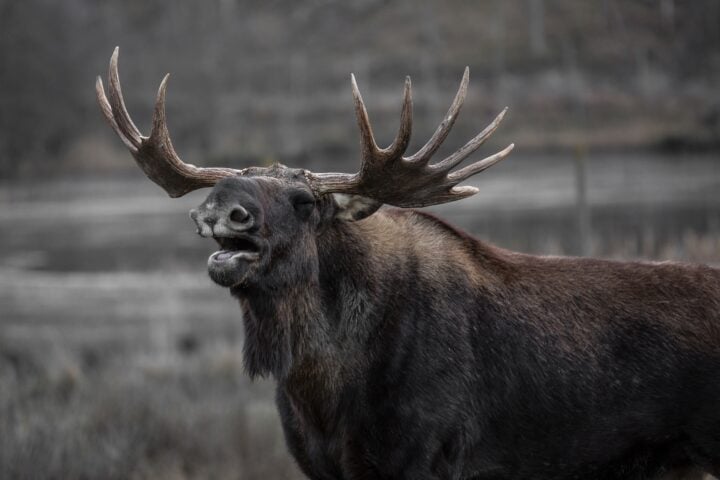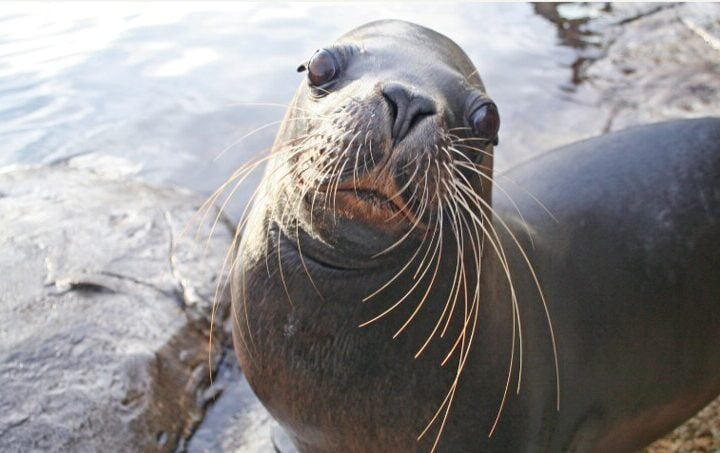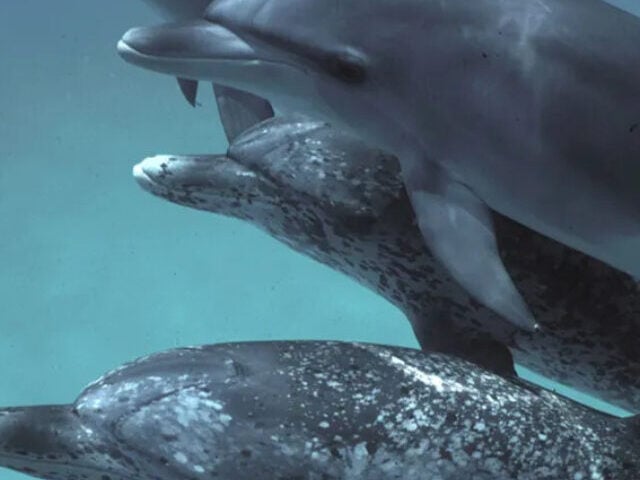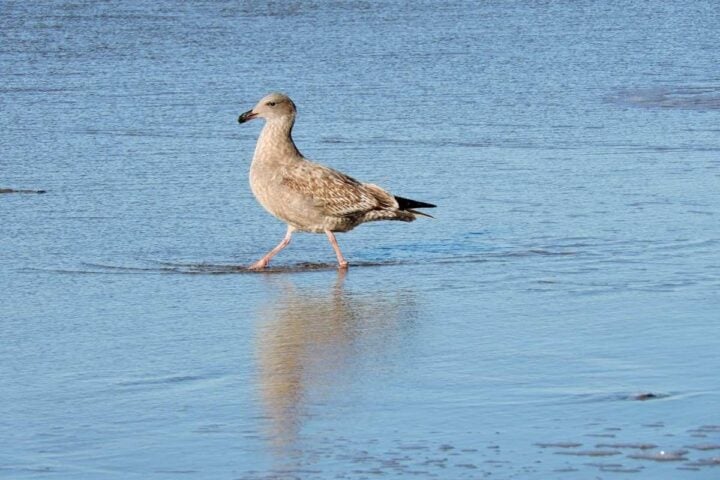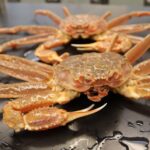Claiming it to be a boundary between the Pacific and Atlantic Oceans, videos showing a distinct line in the ocean have gained popularity. The Pacific and Atlantic Oceans, in reality, continuously mix and exchange water due to currents.
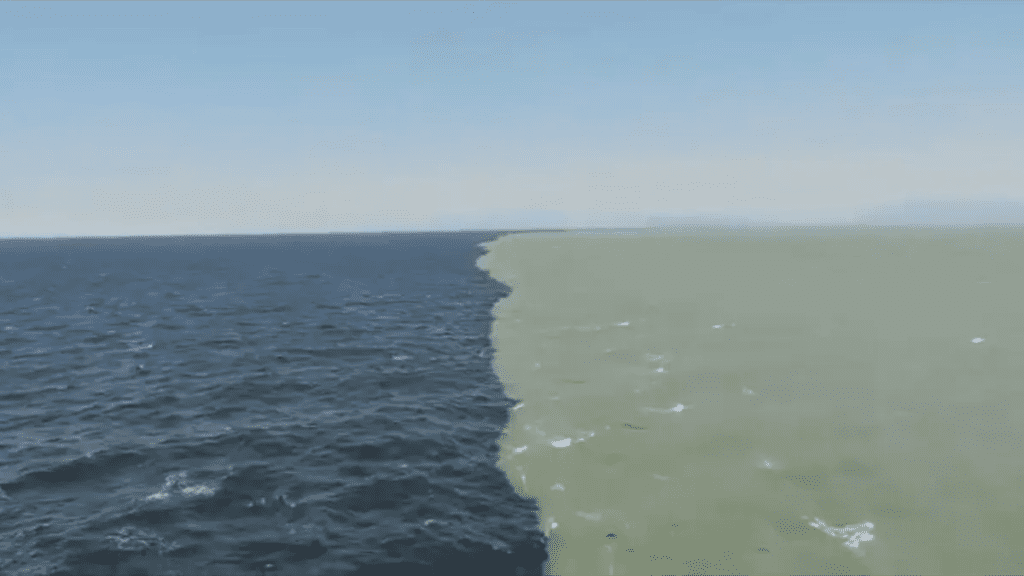
While the Atlantic Ocean comes in second in terms of size and depth, the Pacific Ocean is the largest and deepest. Each ocean has its own characteristics, such as varying salinity levels and temperatures.
Glaciers and rivers feeding into the ocean can create lines where different waters meet. Influenced by wind and wave activity, the Pacific and Atlantic mix at different speeds in different locations.
Cape Horn, the southern tip of South America, is one place where the Pacific and Atlantic meet. The Strait of Magellan is a popular route through which the two oceans mix. Owing to differences in salinity and rainfall, the Pacific water in the Atlantic appears as a “blue tongue”.
Waves and storms eventually blur the line between the Pacific and Atlantic waters. The Drake Passage, between South America and Antarctica, is known for choppy waters that enhance mixing.
Daily tides cause turbulence that also contributes to water mixing in the ocean’s depths. Without mixing fully, different water sources can move around the ocean, forming distinct layers called climes.
Viral videos showing two different colored bodies of water are actually freshwater from melted glaciers meeting salty ocean water in the Gulf of Alaska. Owing to global currents, the Pacific and Atlantic constantly exchange water.
Similar Post
The Southern Ocean of Antarctica plays a role in pulling water from the Pacific to the Atlantic through the Drake Passage. There is a movement of water from the Pacific to the Atlantic through the Indian Ocean and around the tip of South Africa.
Different “packets” of water are tracked by the oceanographers as they move around the globe. Ocean currents are affected by human-caused climate change, potentially slowing them down. The sinking of cold, salty water is impacted by warming poles melting ice sheets, altering water exchange.
The speed of water mixing is also affected by slowing currents and changes in water density. The impact of climate change on ocean currents may have consequences for oxygen and nutrient cycles. The oceans will never stop mixing or exchanging water entirely, despite these changes.
Vital roles are played by wind and tides in maintaining currents and mixing processes. The slowdown in water mixing has implications for sea life and ecosystems.
The current research focuses on understanding the complex dynamics of ocean currents and their responses to climate change. The importance of continued monitoring and study of ocean processes is emphasized by the scientists.
The global oceanic circulation is affected by the intricate interactions between wind, tides, currents, and temperatures. A critical area of study in understanding the Earth’s climate system is the behavior of oceanic currents and water mixing.
The complexity of our planet’s Marine environment is portrayed by the oceans interconnectedness and their dynamic nature.


